Protecting the Environment (Grades K-5)

Character Education Objective:
- Students will understand their role in a community and the impact they have as one individual.
Content Goal:
- Students will be able to understand their duty to protect the environment.
Language Goal:
- Students will have a discussion to generate ideas and brainstorm possible solutions.
Purpose:
There is so much power in the actions of one person. This lesson is designed for students to understand the impact of being an engaged citizen of their community. Citizenship is more than voting and obeying laws. It involves individuals taking responsibility for their duty to protect the environment. This lesson gives students time to discuss solutions to problems they see in their communities around the environment.
Lesson:
- Spend a week or two prior to the lesson collecting recyclable items. Encourage students to bring items from home. Food/drink containers should be washed thoroughly and dried.
- Watch “How to Change the World (a work in progress) | Kid President: https://www.youtube.com/watch?v=4z7gDsSKUmU
- Ask students to discuss with a partner the following:
- Why do some people think it is impossible to change the world?
- What do you think it takes to change the world?
- Where are you a citizen? In the world, the country, the state, the community, the school, the family?
- What does it mean to be a good citizen in those places?
- What are some of the things that need to be changed in the places you are a citizen?
- Brainstorm ideas that you, as an individual, could do to impact the environment?
- Bring students back together to discuss their responses. Ask students to expand on their ideas around the impact and power of an individual in change. Challenge them to see their role in things they feel they cannot control.
- Discuss that one of the best ways to create change in within your own community is to start at home. Recycling and reusing is an easy task to do at home to impact all the places you are citizen (home, school, community, state, country, and world). Recycling and reusing reduces the waste we produce, the amount we contribute to the landfill and the energy we consume.
- Make a large Pillar shape on purple (preferably) butcher paper. Give students the recycled items and glue. Ask them to make a pillar collage out of recycled material. Hang up the Pillar in classroom as a reminder of the impact one citizen can have.
Family Connection:
- Encourage families to discuss what it means to be a citizen within their home. Use prompts such as:
- How does a good/bad citizen in our home contribute to chores
- How does a good/bad citizen in our home respond to rules?
- How does a good/bad citizen in our home treat others?
- What impact can one member of the family have on the whole family? Both positively and negatively.
- Recycling is an easy and powerful way an individual can make a change in their community. As a family, pick a recycling activity to engage everyone in the commitment to improve their own citizenship: https://www.naturespath.com/en-us/blog/19-activities-kids-learn-recycling/
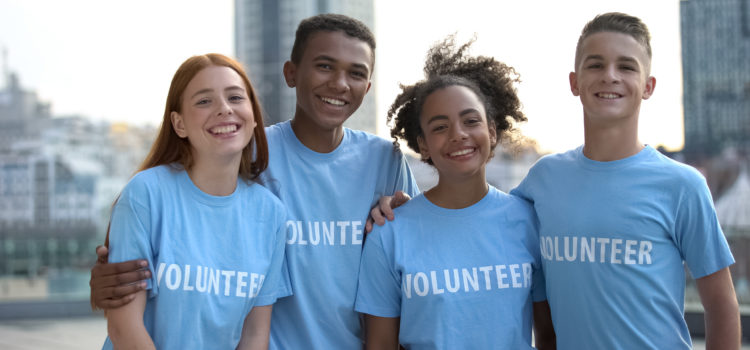



 Frank Sonnenberg is an award-winning author. He has written seven books and over 300 articles. Frank was recently named one of “America’s Top 100 Thought Leaders” and one of “America’s Most Influential Small Business Experts.” Frank has served on several boards and has consulted to some of the largest and most respected companies in the world.
Frank Sonnenberg is an award-winning author. He has written seven books and over 300 articles. Frank was recently named one of “America’s Top 100 Thought Leaders” and one of “America’s Most Influential Small Business Experts.” Frank has served on several boards and has consulted to some of the largest and most respected companies in the world.
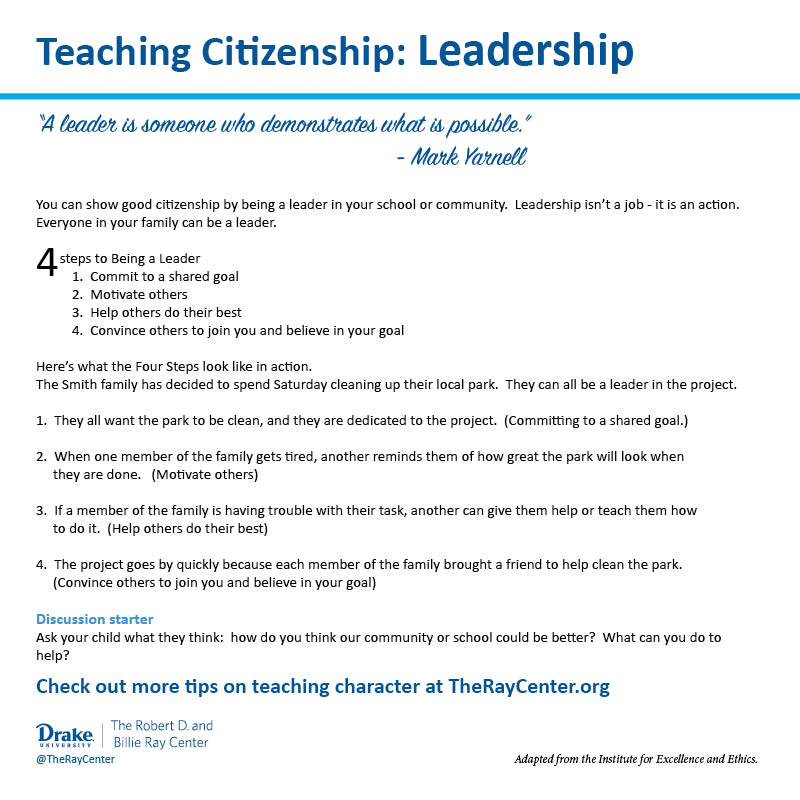
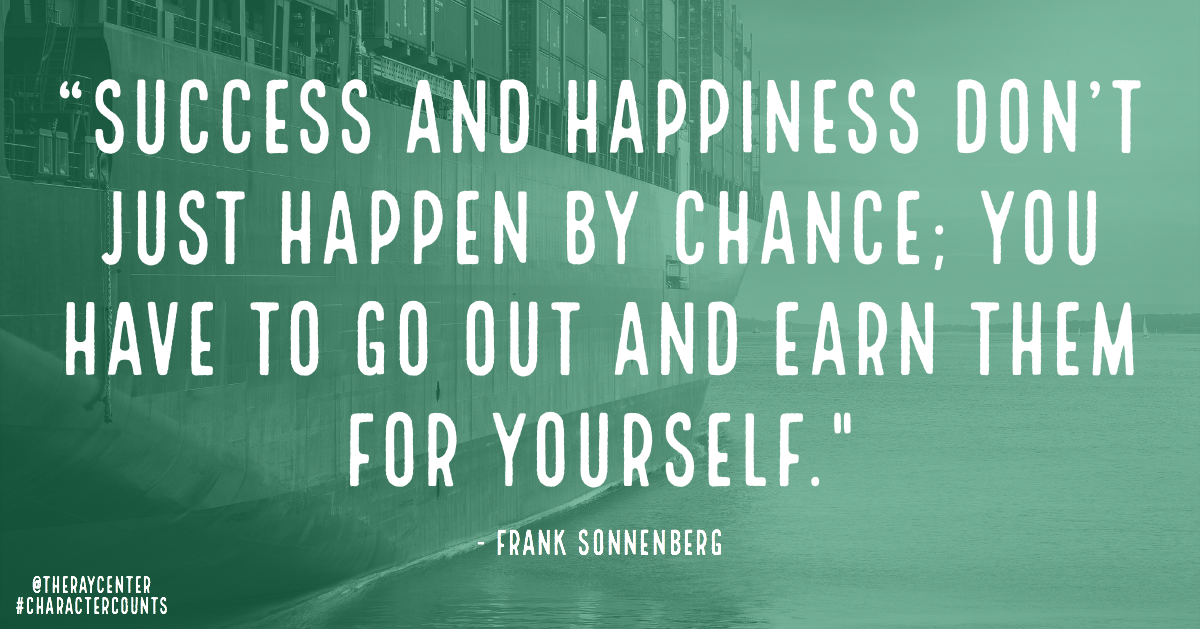
 Frank is an award-winning author. He has written six books and over 300 articles. Frank was recently named one of “America’s Top 100 Thought Leaders” and one of America’s Most Influential Small Business Experts. Frank has served on several boards and has consulted to some of the largest and most respected companies in the world. Additionally, FrankSonnenbergOnline was named among the “Best 21st Century Leadership Blogs,” among the “Top 100 Socially-Shared Leadership Blogs,” and one of the “Best Inspirational Blogs On the Planet.” Frank’s new book, BookSmart: Hundreds of real-world lessons for success and happiness was released November 2016. © 2018 Frank Sonnenberg. All rights reserved.
Frank is an award-winning author. He has written six books and over 300 articles. Frank was recently named one of “America’s Top 100 Thought Leaders” and one of America’s Most Influential Small Business Experts. Frank has served on several boards and has consulted to some of the largest and most respected companies in the world. Additionally, FrankSonnenbergOnline was named among the “Best 21st Century Leadership Blogs,” among the “Top 100 Socially-Shared Leadership Blogs,” and one of the “Best Inspirational Blogs On the Planet.” Frank’s new book, BookSmart: Hundreds of real-world lessons for success and happiness was released November 2016. © 2018 Frank Sonnenberg. All rights reserved.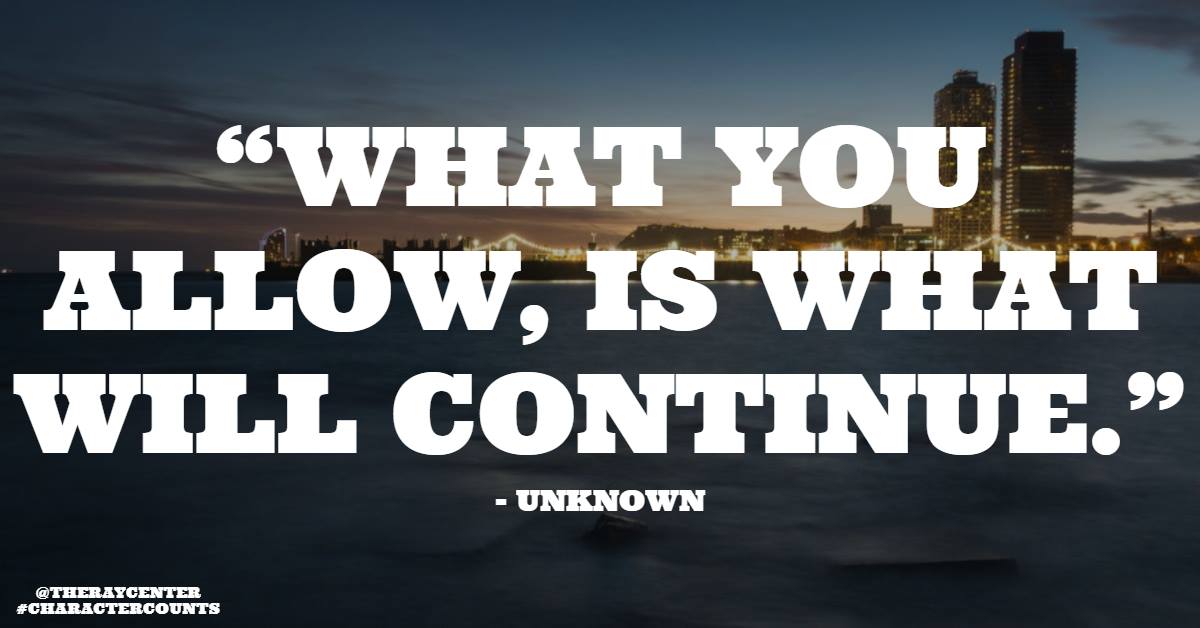
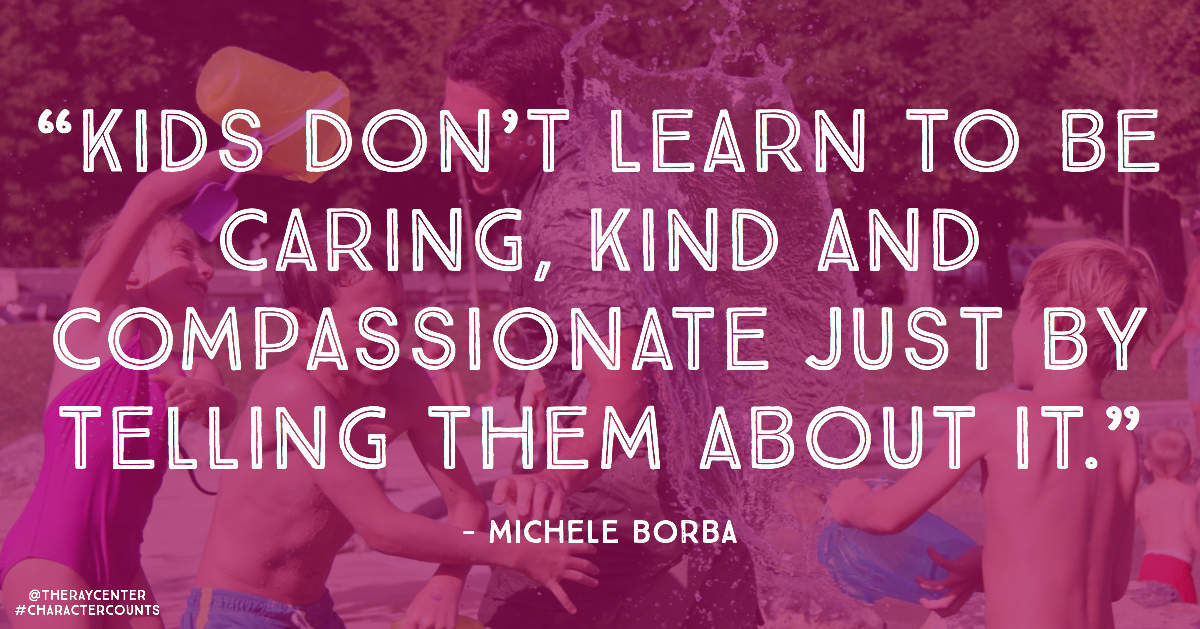
 Dr. Michele Borba is an educational psychologist, parenting expert, TODAY show contributor and author of 22 books including
Dr. Michele Borba is an educational psychologist, parenting expert, TODAY show contributor and author of 22 books including